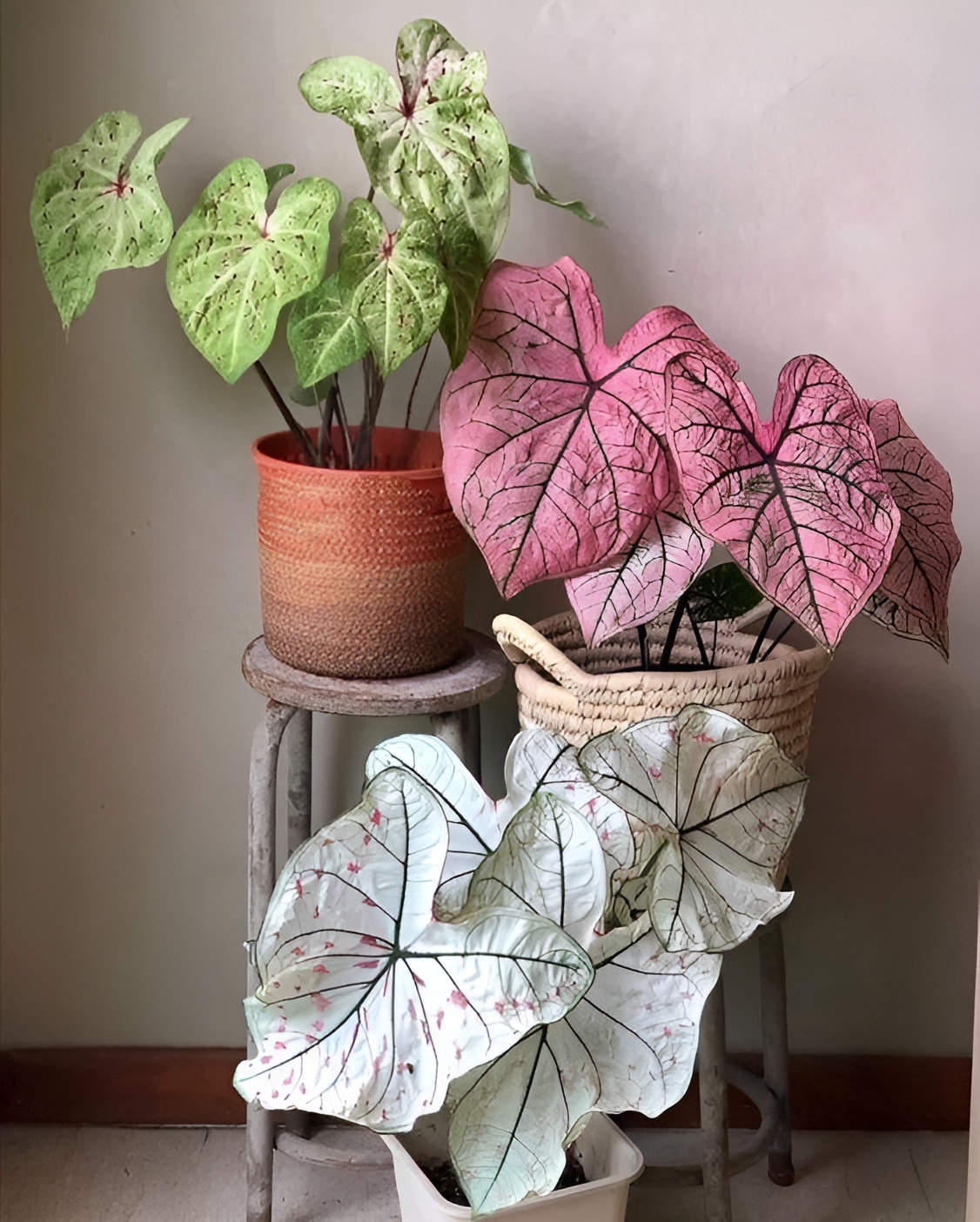
Plants with colorful leaves showcase the artistic palette that nature offers, creating masterpieces that last well beyond the flowers’ fleeting bloom. Unlike flowers that need to be constantly pruned and periodically replanted, these foliage jewels require minimal care and maintenance, but offer a dazzling display in any season.
If you’re looking to add more drama and year-round charm to your garden or outdoor space, here are 15 plants with colorful foliage that won’t fade like flowers.
#1. Caladium

Caladiums are beautiful plants with colorful, heart-shaped leaves in various shades of green, red, white and pink. They thrive in indirect light or moderate shade and prefer rich, well-drained soil that retains moisture but is not waterlogged.
#two. Cannas
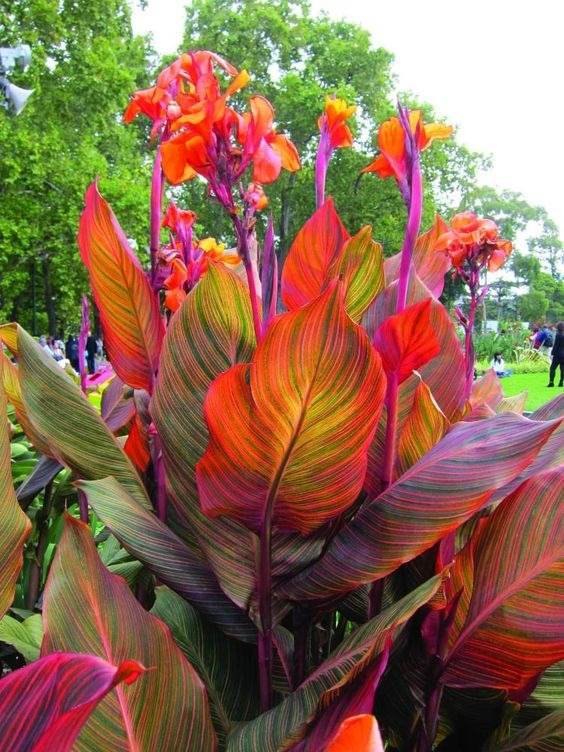
Cannas are stunning plants with colorful, paddle-shaped leaves and showy flowers in various shades of yellow, orange, red, and pink. They can reach heights of 1.5 to 10 feet, depending on the variety, and have large, oval or lance-shaped leaves that can be green, bronze, black, variegated, or striped.
#3. Coleus
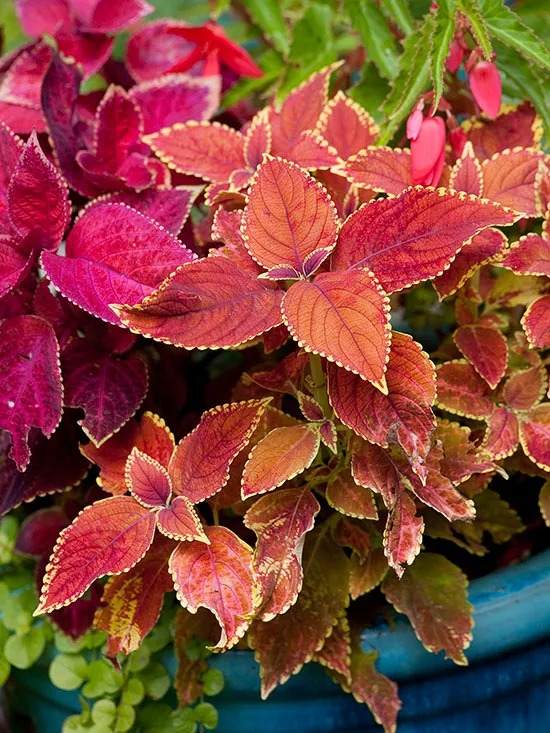
Coleus have square stems and opposite leaves that can be oval, lance-shaped or lobed. The leaves are the main attraction of Coleus as they come in a variety of shades of green, yellow, pink, red, purple and black and often have contrasting veins or edges.
#4. Hostas
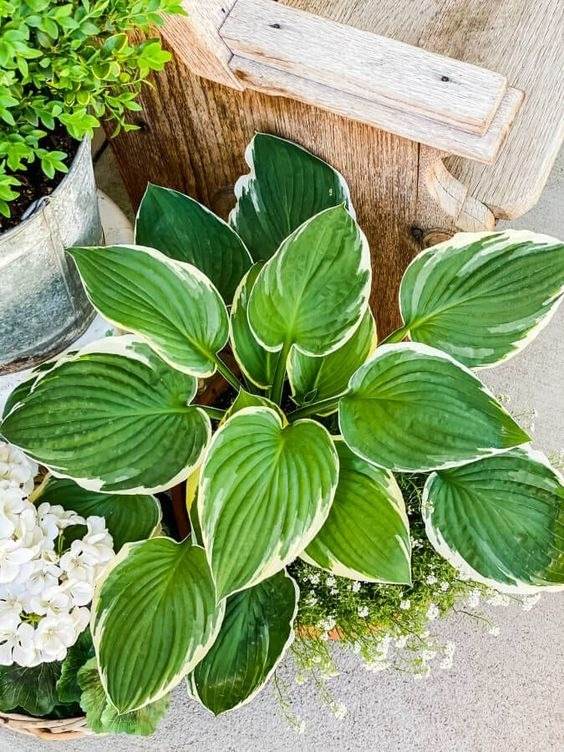
Hostas are easy to grow and care for as long as they have adequate light, water and fertilizer. They prefer partial shade to full shade, as too much sun can fade their colors or burn their leaves.
#5. Heuchera
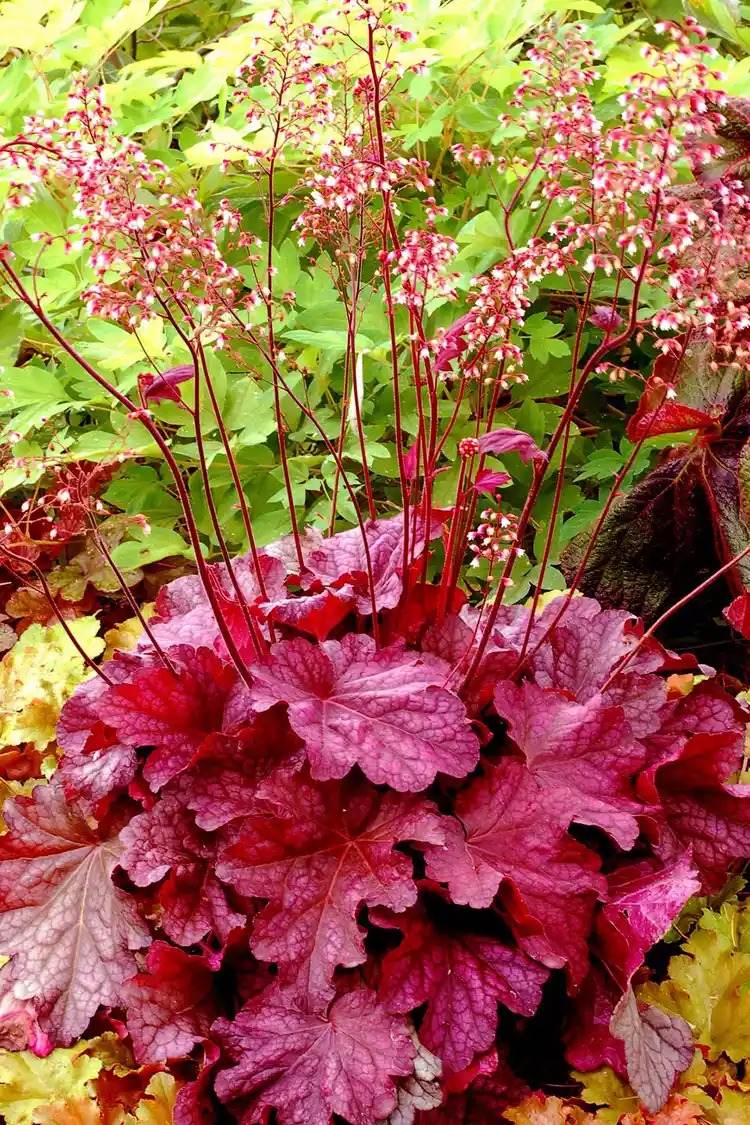
Heuchera, also called coral bells, has round, lobed, hairy leaves that can be green, purple, red, bronze, silver or variegated. It prefers partial shade and well-drained, organic soil.
#6. Rauchbaum
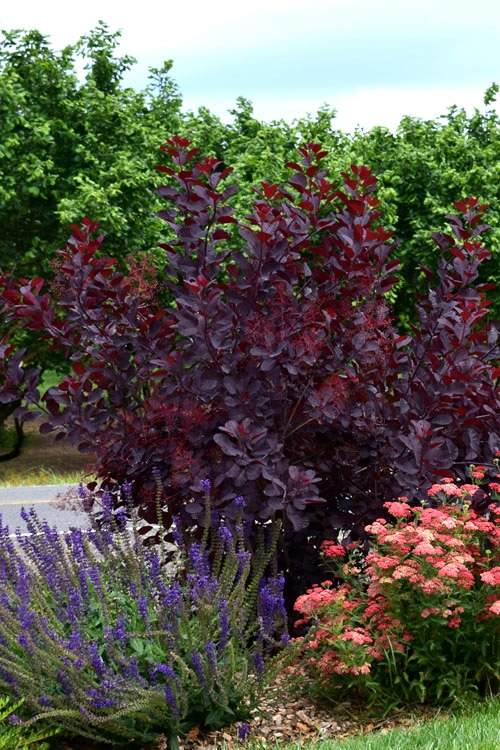
The leaves form neat mounds at the base of the plant and are the smoke tree’s main attraction. It produces small, five-petaled flowers on tall stalks that emerge from the foliage in late spring or early summer.
#7. Ninebark
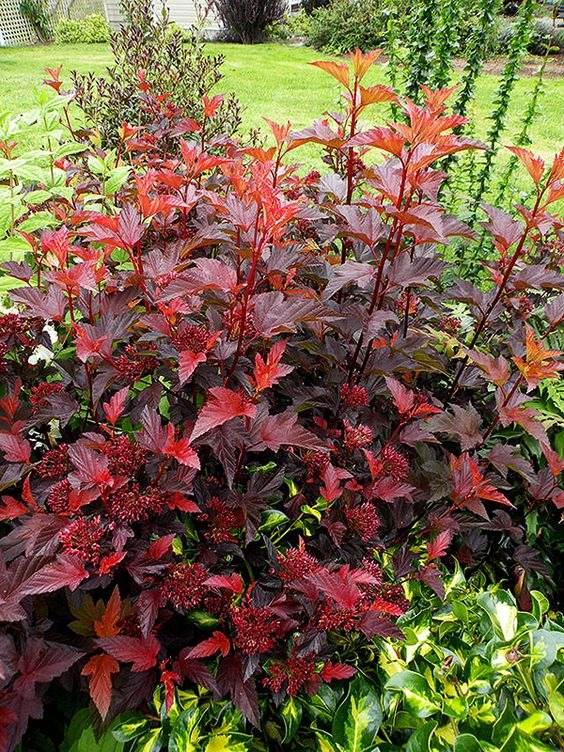
Fall brings a color change in ninebark’s leaves, which take on shades of yellow, orange, and red. Its flowers are usually white, pink, or red, attracting hummingbirds and butterflies. The most striking feature of ninebark, however, are the fine hair-like filaments on the spent flower stems, giving the plant a smoky appearance.
#8. Tigeraugen-Sumach
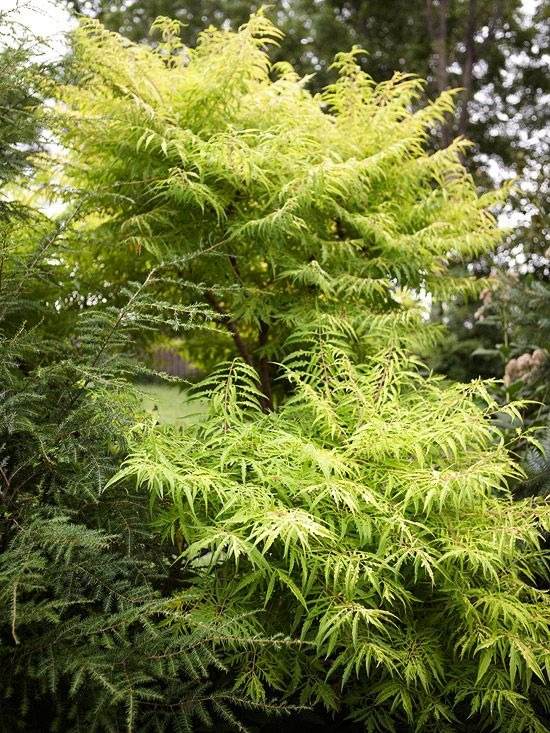
The Tiger Eye Sumac prefers full sun to partial shade and well-drained, sandy or loamy soil. Regular watering is necessary, especially during hot and dry periods, but not too much water, as this can lead to root rot.
#9. Sweet potato vine
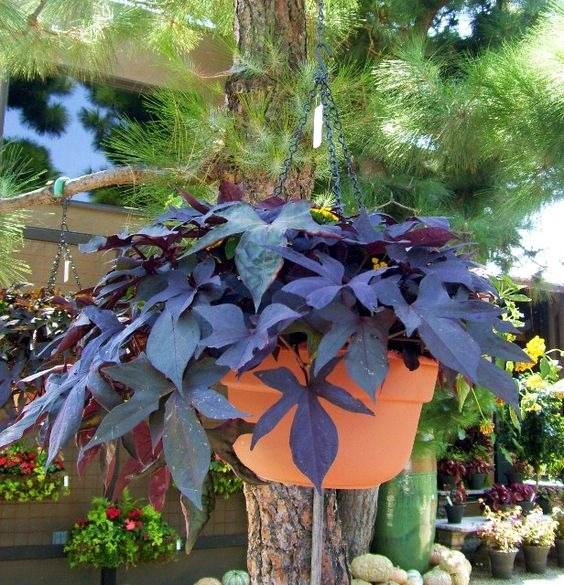
The sweet potato vine is a fast-growing annual and classic “spiller” plant often used for container gardening. The heart-shaped leaves can be green, purple or yellow-green, depending on the variety.
#10. Japanese forest grass
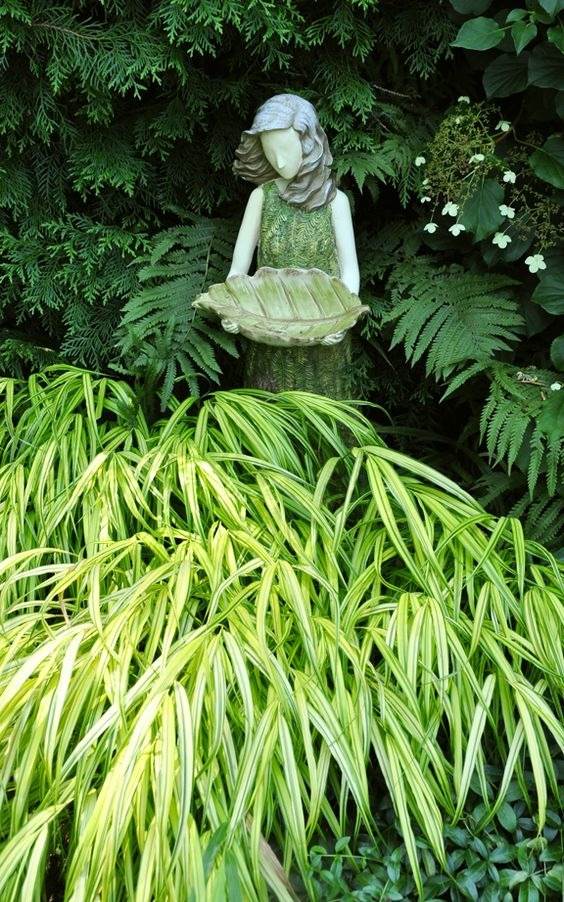
Japanese forest grass is a graceful plant with lime green and white spotted foliage that cascades over the edge of a bed or container. Its arching, lance-shaped leaves are about 10 inches long and form pretty mounds at the base of the plant.
#11. Spiderweed
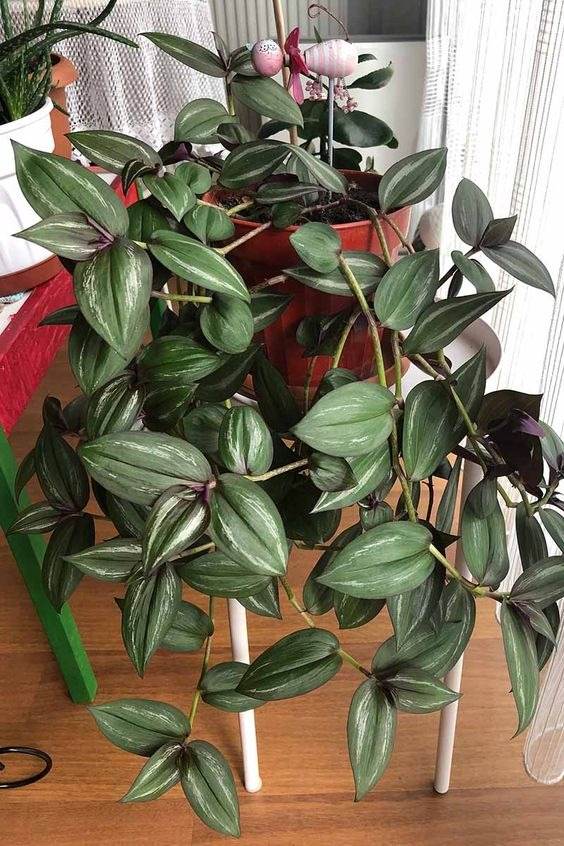
Spiderwort has colorful and iridescent foliage and deep purple or blue flowers. Propagation is by division or sowing.
#12. Creepy Jenny
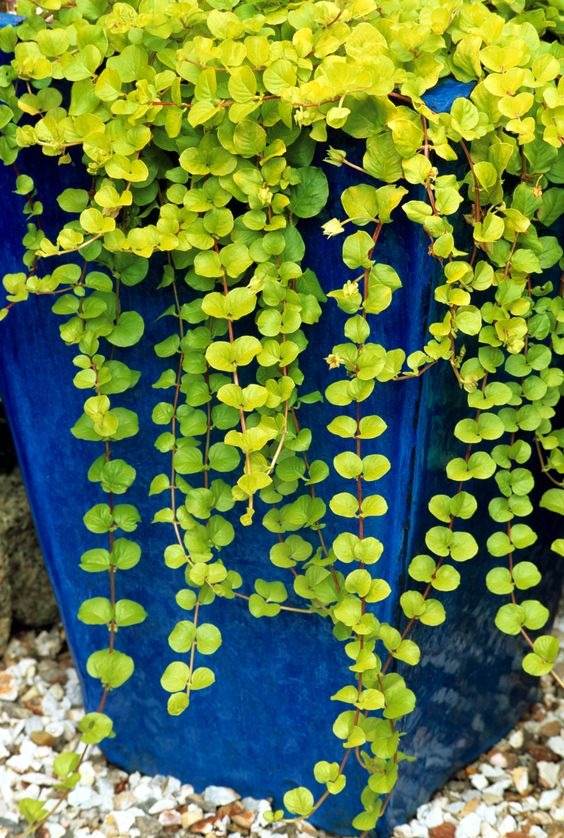
Creeping Jenny has heart-shaped leaves, which means it is often grown as an ornamental. It produces small, five-petaled flowers in late spring or early summer, but these are usually insignificant and hidden by the foliage.
#13. Castor bean
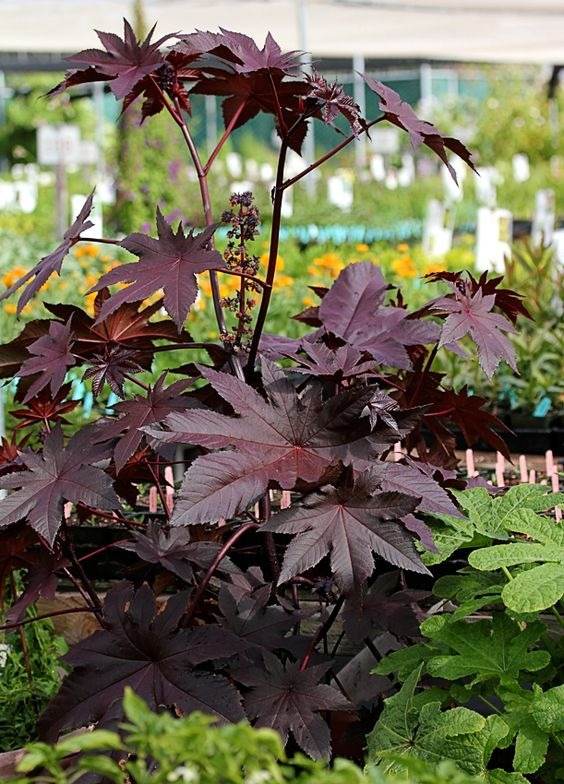
The castor bean can grow up to 40 feet tall in tropical regions, but in temperate zones it usually reaches 10 to 15 feet. However, before planting, one should be aware that all parts of this plant are highly toxic to humans and animals.
#14. Lamb’s Ear
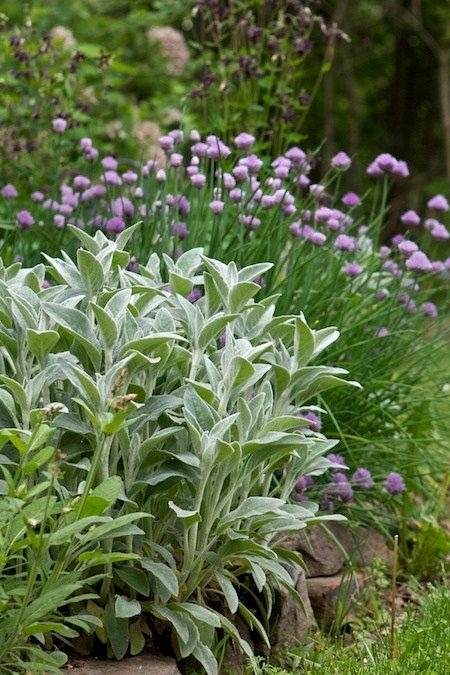
Lamb’s ear has oval or rounded leaves covered with fine hairs, giving them a velvety and silvery appearance. It has small, pink or purple flowers that bloom on tall spikes in late spring or early summer.
#15. Summer Poinsettia
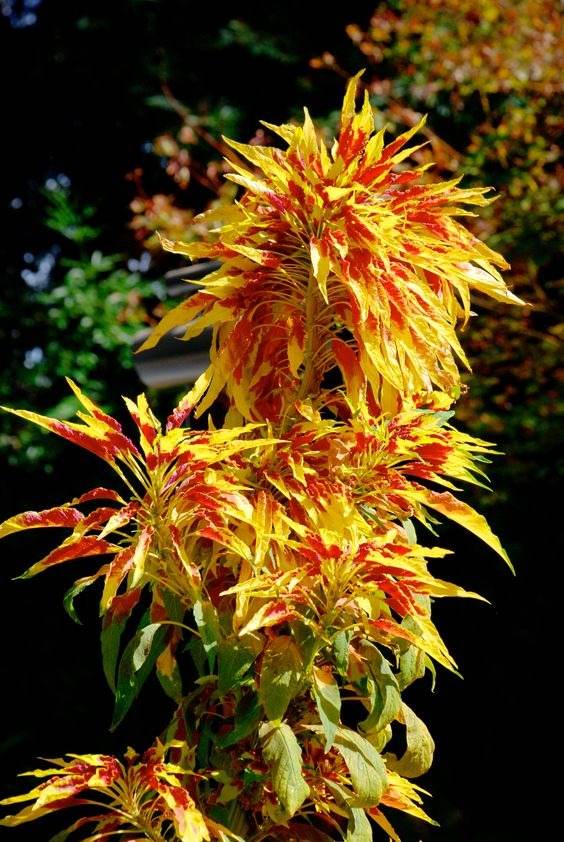
The summer poinsettia can grow up to 1.20 m tall and has oval or lance-shaped leaves that can be green, red, yellow or variegated. The upper third of the foliage takes on warm red and yellow tones in midsummer, giving the plant a poinsettia-like appearance.
We hope you are inspired by the evergreen beauty and enduring charm of foliage-laden wonders. If you found this botanical journey delightful and informative, please show your appreciation by hitting the like button and sharing it with other garden lovers.
